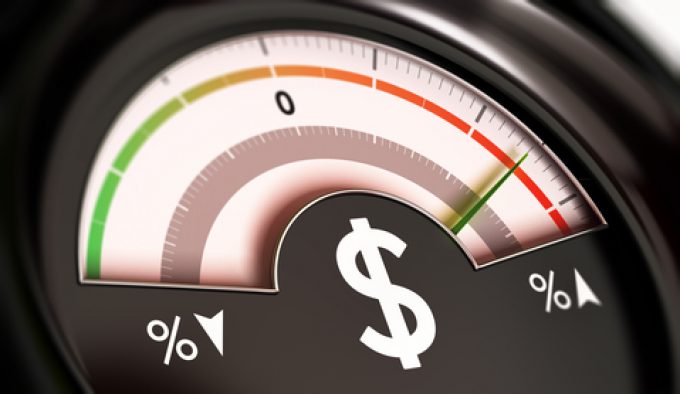CMA CGM boosts its maritime footprint in India and eyes coastal trade
CMA CGM continues to boost its Indian container trade profile as the trend for diversifying ...

As mainhaul voyage results decline significantly and more ships are taken out of service due to the collapse in demand, ocean carriers may be obliged to downgrade their outlook for the year.
The speed of the demand slump has blindsided carriers confident of the integrity of ...

Comment on this article